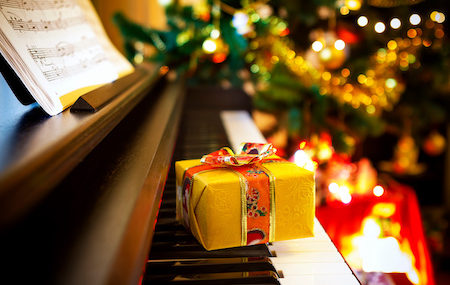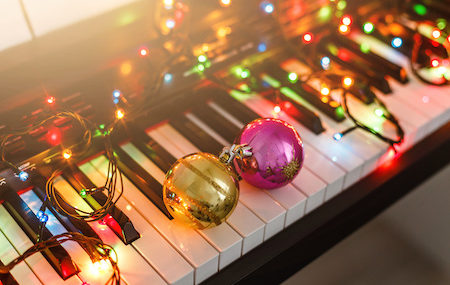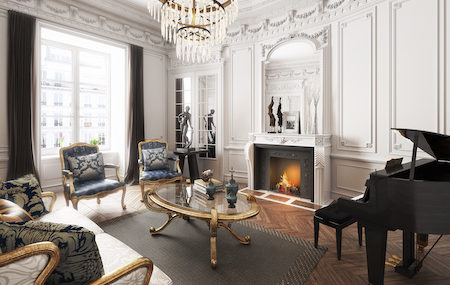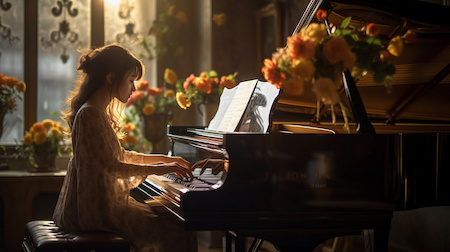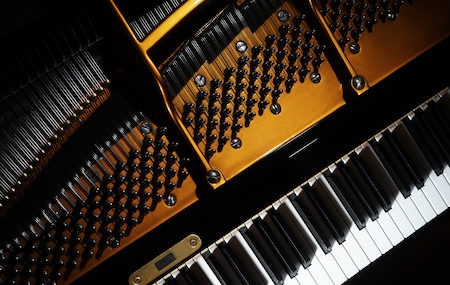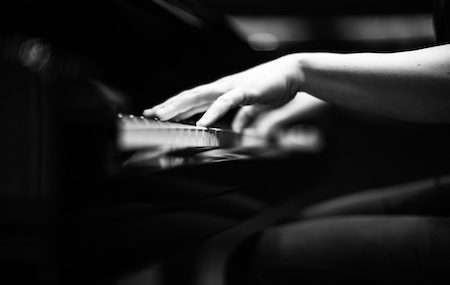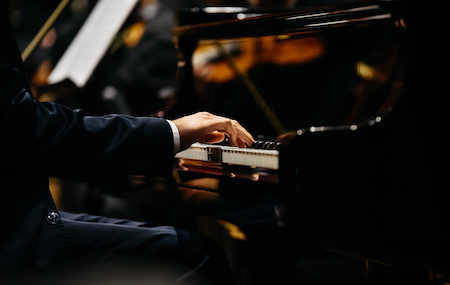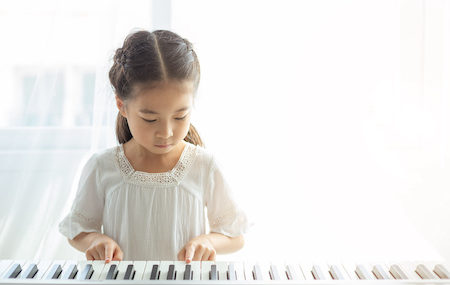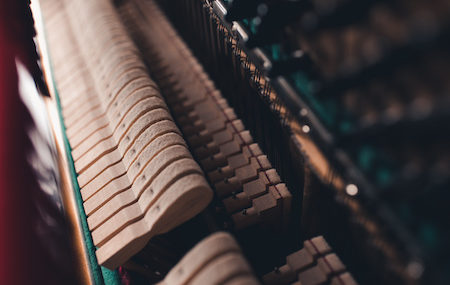Are you in last-minute gift-giving mode? Trying to find the perfect gift for the musician on your list?
Luckily, the piano has been an ever-popular instrument for decades. That means when you’re out hunting for the perfect gift, there will be many opportunities to get something your budding musician will love.
Let’s start with a few creative ideas.
Elegant Piano Jewelry
For a subtle yet meaningful expression of love for music, consider gifting elegant piano-themed jewelry. From delicate piano key pendants to treble clef earrings, these pieces will surely be appreciated by those who adore both fashion and music. They serve as a constant reminder of the beauty found in every note played on a piano, making them the perfect accessory for any outfit.
Piano Art and Decor
Transforming a living space into a musical haven is easy with piano-inspired art and decor. Whether it’s a canvas print of a grand piano, a stylish throw pillow featuring sheet music, or a meticulously crafted piano sculpture, these items add a touch of sophistication to any room. For a truly unique gift, consider a personalized piece that incorporates the recipient’s favorite musical composition or the keys of their favorite piano.
Piano-Themed Apparel
Who can resist stylish apparel? Luckily, there are small businesses that cater to every hobby. Look for t-shirts, hoodies, or even socks featuring piano designs or musical motifs. It’s a great way to boldly state their passion for music. Consider items with clever musical puns or vintage piano graphics for a touch of nostalgia.
Quality Sheet Music
Want something more usable? Every pianist appreciates expanding their repertoire; quality sheet music is a thoughtful and practical gift. Opt for classic compositions, contemporary hits, or even sheet music featuring their favorite film or television show tunes. To make it extra special, choose an edition with beautiful cover art or illustrations related to the piano. You’ll be surprised at what you can find online.
Piano Accessories
Enhance the piano-playing experience with high-quality accessories. Accessories not only serve a functional purpose but also add a touch of luxury to the pianist’s setup. Consider:
- Piano Benches – A comfortable and ergonomic piano bench is essential for long practice sessions. Consider gifting a cushioned bench or one with adjustable height to ensure the pianist’s comfort during extended playing.
- LED Piano Lights – Illuminate the sheet music and keys with precision using an LED piano light. These lights enhance visibility and add a touch of sophistication to the piano setup. Look for adjustable brightness levels to cater to different playing environments.
- Metronomes – Help your favorite pianist refine their sense of timing and rhythm with a quality metronome. Choose from traditional mechanical designs or modern digital options with additional features such as tempo customization and rhythmic patterns.
Digital Pianos
Have a well-loved acoustic piano? Are your piano skills begging for more flexibility? Digital pianos may be the perfect solution for bringing your home practicing skills on the road. (Of folding it away in a dorm room without much space.)
Digital pianos offer a range of sounds, built-in metronomes, and headphone capabilities, making them ideal for both practice and performance. Explore our collection of digital pianos to find the perfect balance between tradition and innovation.
Many digital pianos come equipped with USB ports and MIDI capabilities, allowing budding artists to connect their instruments to computers, tablets, or even music production software. This opens up new possibilities for composing, recording, and exploring a world of musical creativity.
As the holiday season approaches or a special occasion arises, finding the perfect gift can be a harmonious challenge. For music enthusiasts, a piano-themed gift will strike a chord with their passion and add a touch of elegance to their musical journey.
Whether you’re shopping for a seasoned pianist or someone who simply appreciates the beauty of this timeless instrument, we hope you enjoy our Piano Gift-Giving Guide to find a few piano-inspired treasures of your own.
Need more? Just ask.
